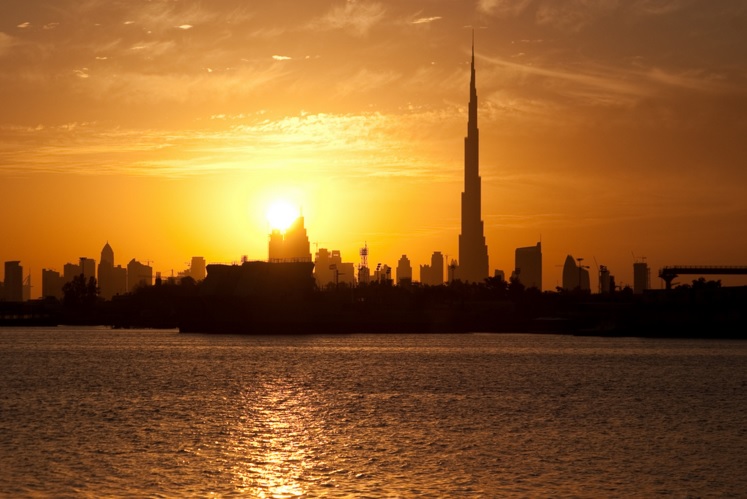
When one considers a list of the youngest countries in the world; (The UAE, Belize, Djibouti, Turkmenistan) the United Arab Emirates (UAE) stands out as a model of rapid development and progress. In honor of UAE National Day, Elan reviews the growth and development of the UAE and discovers that the country has grown more in thirty years than many have grown in centuries. Of course, oil money played a great role in this ; but the secret to Dubai’s whirlwind growth and success? Marketing.
Most countries are run like businesses (the successful ones are in any case.) They brand their histories and cultural assets, and market their resources and human capital. They seek foreign investment, develop a brand in international markets and even fight publicity wars. Some countries are clearly better at this than others. So far, the UAE is an exceptional example of marketing and branding success, based on incredible change taking place in a short period of time.
Sheikh Zayed’s Vision
When the UAE gained independence from Britain in 1971, it was an absolute desert. Pearl diving, fisheries and seafaring were the specialties amongst the local population. Undaunted by the region’s undeveloped state and lack of even bare necessities, Sheikh Zayed Bin Sultan Al Nahyan had a grand vision for the country .
Within the first year, he united the seven Emirates and ruled as president for over 30 years, laying a strong foundation and blueprint for the future of the country. He is rightfully credited as the Father of The Nation.
As the new leader took control, crude oil exploration was well underway with oil production beginning shortly thereafter. Sheikh Zayed knew this was a gift; “Since God bestows his graces on us providing us with wealth, it is our role to use this wealth for the benefit and prosperity of our people as an expression of gratitude to our Lord.” Thus began the monumental effort of developing this desert nation into a global competitor.
As oil revenues came in, the branding the UAE began. Sheikh Zayed was insistent that the modern necessities entering the country must co-exist with it’s rich culture. “Our ancestors left us a legacy of traditions we are proud of. Our mission is to maintain and develop them as assets of the nation for future generations.” This laid the first brick in the foundation for tourism marketing. The warmth, and hospitality of the local culture was built into the branding of the UAE. Next came political stability. Many referred to the UAE as the “Switzerland” of the Middle East. It was dubbed a safe-zone in a region that was definitely not known for safety. Aside from a few spats and encounters with it’s neighbors, the UAE garnered a peaceful reputation that turned into massive tourism investments.
High end tourism and international finance began to develop. Dubai International Financial Center (DIFC) was announced offering 55% foreign ownership. Along with free trade zones, a financial regulatory system began taking shape, construction was booming and the modern-day-UAE- Gold-Rush began.
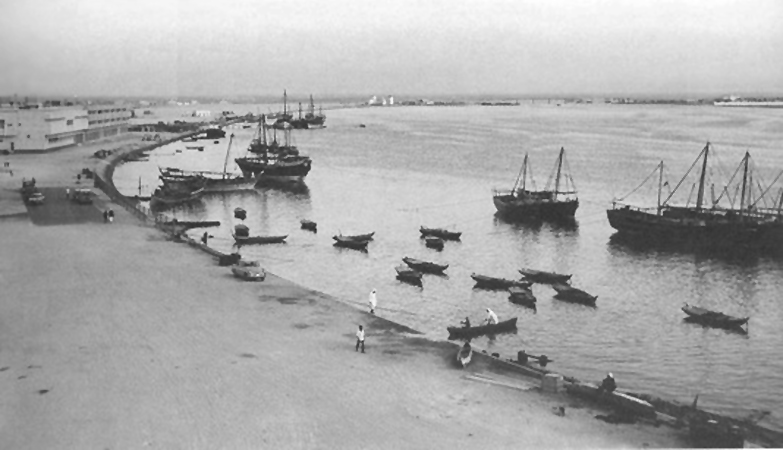
With foreigners allowed to buy property and set up businesses, corporations from around the world were excited to have a “Far East” office presence. Dubai is headquarters to hundreds of multinational corporations including Coca-Cola, Canon and CNN. Most manage their Middle East and African operations through the UAE based offices.
The United Emirates
The UAE realized early in it’s history that depending solely on oil would be a shortsighted strategy for their economy. Therefore, each of the seven Emirates took the lead to brand itself to have a unique quality. Those qualities each had business strategies and goals behind them. The royal families of each Emirate began to develop their infrastructures based on those goals. Each Emirate operates relatively independently in terms of marketing, but they believe in the same overall philosophy: unity in diversity.
Whenever Sharjah is mentioned, you will notice their branding as an Islamic Cultural hub. Abu Dhabi is known where government affairs are conducted as well as the oil rich state. Ras Al Khaimah is just beginning to brand itself with beautiful beaches and hotels.
Perhaps the most well-known Emirate of Dubai can be considered the crown-jewel of business in the Middle East. Dubai is also unique in that it is not an oil producing Emirate, with less than 5% of its revenue coming from oil. Most of Dubai’s revenue early in the 90’s came from sea ports; but a shift in strategy was made with a focus on real estate and tourism.
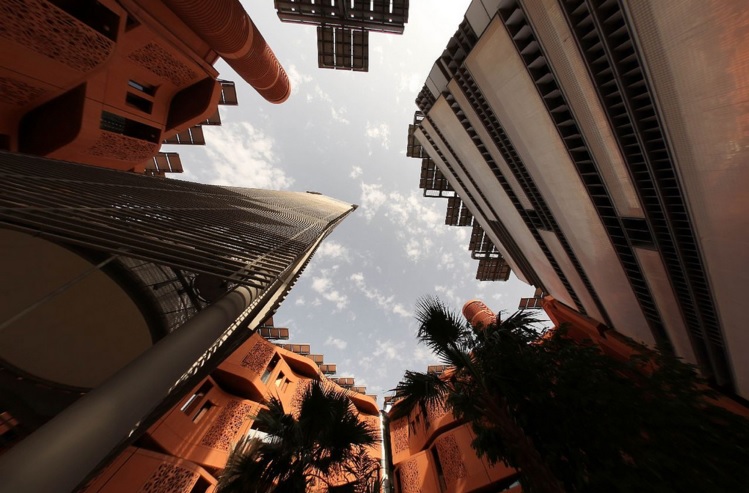
The Biggest, and the Best
Dubai’s shift in strategy has worked. Those who have been to Dubai know that it’s a truly one-of-a-kind destination. Dubai currently boasts the tallest building, (Burj Al Khalifa) the busiest airport (DXB) and the largest mall in the world. There is clearly a theme here.
The preceding list of “largest”, “biggest”, “busiest” is a major part of Dubai’s marketing strategy: build the biggest and the best, it’s that simple.
In an exclusive interview with Elan, Dr. Mohammad Obeidat, Professor of Marketing at American University in Dubai, said, “Many people from across the globe relate to the UAE for having some of the most iconic- largest, biggest or first structures including the Burj Khalifa and the Palm Jumeirah. I believe that it is an excellent marketing strategy as it builds excitement among the people to visit the destination.”
Dr. Obeidat continues, “We can expect little change in the UAE strategy in the future where we can see it maturing as a trade destination continuing to build iconic structures. Since, most of these structures are built on sustainable business models-there is no harm in promoting them.”
Communicating these strategies is the dynamic Ms. Mona Ghanem Al Marri, Director General of the Government of Dubai Media Office. While announcing the new strategy behind Dubai’s Design District, she shed light on what the government is supporting, “Dubai supports innovation, and consequently becomes a magnet for talents in various sectors and specializations.” She continues, “Those components made Dubai a prime hub for innovators in various industries, including fashion. Dubai’s dedication to adding value to the fashion industry produced the Dubai Design District- to mix passion with business and serve the community by promoting a better future for the next generations.” She concluded, “This approach echoes the leadership’s keenness to make a better future based on the country’s ability as an interactive platform for innovation and creativity.”
Now that the country has established a foundation and infrastructure, the UAE is looking to secure the best talent to ensure the success of these institutions.
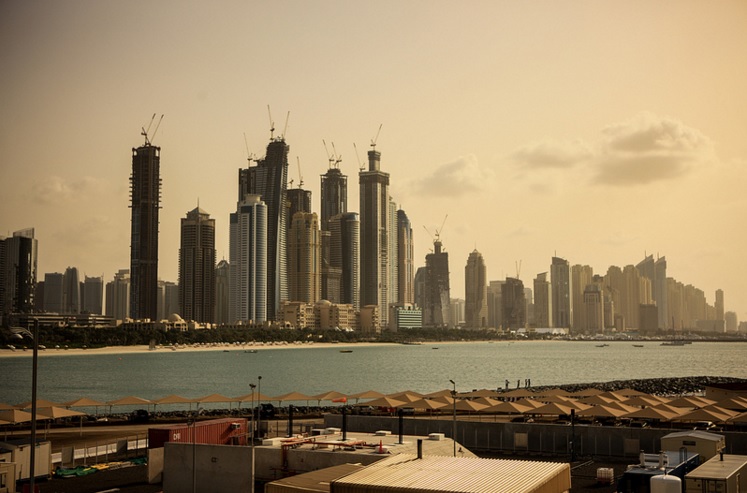
The UAE in Entertainment
In 2008, Abu Dhabi established a tax-free media and entertainment free trade zone that facilitates the development of Arabic media and entertainment content in the region called twoFour54. Along with leading production in Arabic content, twoFour54 built a successful partnership with Universal Studios. Ms. Noura Al Kaabi, CEO of twoFour54 stated, “It is with great pleasure that we welcomed back Universal to Abu Dhabi to build on a successful partnership that resulted in one of the highest grossing movies of all time. twofour54 has built an infrastructure in Abu Dhabi that is “production-ready” for even the biggest of projects and we are delighted that Universal’s experience here has resulted in them returning.”
Al Kaabi added: “The Tourism & Cultural Authority in Abu Dhabi recently reported a 34% increase in guests from the United States visiting Abu Dhabi during the first four months of 2015 and expects this growth to continue due to greater destination awareness following Hollywood films like “Fast & Furious 7” being shot in the capital. Additionally, a recent PwC study found that Abu Dhabi will receive over 300,000 additional visitors through attracting film productions to the capital in 2020 and approximately 1 Billion UAE Dirhams in additional revenue will be generated between 2015 and 2020.”
TwoFour54 is making major moves globally with it’s marketing initiatives showing off the iconic locations it has worked so hard to build. Dr. Obeidat agrees, “Through investment in movies, the UAE gains in two areas, first as an advertisement for its destinations encouraging people to visit the country and secondly, as an investor when the movie is successful, bringing in huge returns on the money.”
Most recently, twofour54 facilitated another major film project, “Star Wars: The Force Awakens”, hitting theaters in December 2015. Movie goers can catch the Liwa Dessert in the film.
Will the UAE’s success last?
The United Arab Emirates has been doing everything right, but will this speedy growth and success last? Many have compared the success of the United Arab Emirates to a modern-day-gold rush. Are these budding industries, massive construction projects, and marketing efforts sustainable? Does the United Arab Emirates have the human capital to support the development of these structures?
Dr. Obeidat weighs in, “The growth of UAE cannot be called a mere gold rush, but as investment for a secure future. The motto can remain the same, but the meaning may change a little in the future, where instead of the biggest structures, we see UAE as one of the biggest investment destinations or perhaps as the biggest future business hub of the world, or maybe even as the world’s most cosmopolitan city.”
Dr. Obeidat claims, “With a strong infrastructure and cultural base, Dubai and UAE as a whole is poised to grow even more in the coming decades. The growth would then shift from a raw materials base to being one of the ideal business destinations on lines with major modern European countries or the United States.”
Tell us what do you think. Is the UAE marketing enough to secure the future of the country? Are leaders doing enough to pan for an oil free future? Share, comment and become part of Elan’s Digital Majlis!

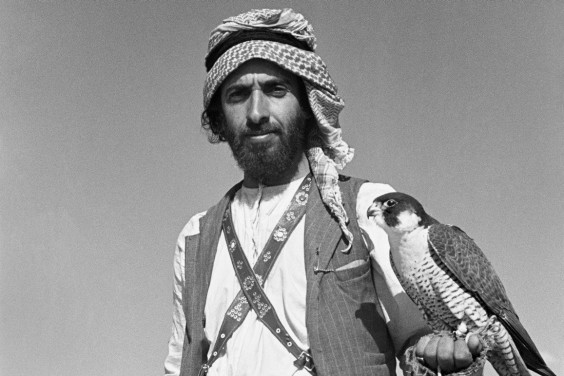


















Comments